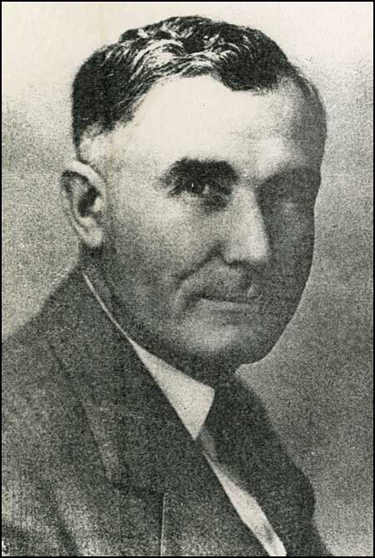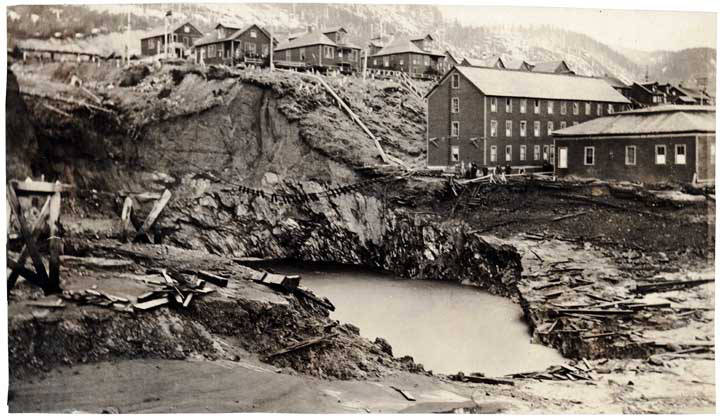EPISODE 221 YUKON DIARY 7 DUBLIN GULCH GOLD and JACH ACHESON
alan skeoch
jan. 2021
I met Jack Acheson several times but the most memorable was the day he gave me
that Mammoth tooth. It was one of those memorable occasions that get into long
term storage in my brain. A bright sunny Yukon day…blue sky. A good to be alive day.
Jack was a placer gold miner at the Haggart Creek in Dublin Gulch, Yukon.
Sorry, try to ignore my picture…look behind me…1) bull dozer tree, 2) hydraulic hose gushing dirty water, 3) piles of overburden
4) and on the right, perhaps, the bedrock where the gold has settled after millions of years…just sitting there waiting for Jack Acheson
PLACER GOLD AND LODE GOLD: WHAT IS THE DIFFERENCE?
Gold is gold. There is no difference in the gold. The difference is where the
gold is found. Placer gold is loose gold found trapped in bedrock ripples
once the overburden is pushed aside and washing happens. Placer gold was
once Lode gold. Gold trapped in rock. Lode gold is difficult to separate from
rock. Needs heavy machinery to crush the rock. Needs rock drills and explosive
to get chunks of rock to the milling machines. Dublin Gulch as it turns out
carried both kinds of gold. Lots of placer gold. And, today, one of the largest
Canadian gold mines, the Eagle Mine, is busy extracting Lode gold.
JACK ACHESON
Jack Acheson was the person working Dublin Gulch in 1962. There had been many men before him and a couple of women, who
had found gold nuggets in the rubble pushed and ground by glaciers in the MacQuesten Valley. Where did the gold come from?
Dr. Aho said it percolated up from the molten magma on the crust of which we live.
JACK ACHESON, SUMMER 1962, DUBLIN GULCH
When i met Jack, he was working a placer gold deposit on Haggart Creek at the mouth of Dublin
Gulch. His system was similar to the system we used when gold planning earlier.
Only he did his search for placer gold on a grand scale using a bulldozer, drag line,
huge hydraulic pump, and an immense sluice box with wooden riffles to catch the
heavy gold as water sluiced over scoop shovels of gravel.
Just to get to this stage. I mean just to get to the gold bearing gravel, huge mounds
of overburden had to be cleared…trees, shrubs, boulders, earth…all had to be
removed just to get close to bedrock where the placer gold rested…if it indeed
did rest in the particular location chosen.
Thousands of tons of rubble had to be moved just to find a few ounces of gold.
Occasionally…rarely really…Jack did find big nuggets. One big one he
carried in his pocket the day I met him. It was oblong. Fitted in the palm of his
hand. I dimly seem to remember him saying ‘I keep it as a knuckle duster in
case of trouble’ but that may be a bit too imaginative.
What I remember clearly, as confirmed by some pictures taken at the time, is the total
devastation of the site. Just piles and piles of sorted and unsorted gravel. Boulders rolled aside.
Rocks hand picked from the sluice box.
A drag line with a huge bucket pulling off the overburden. A bull dozer pushing
piles of loose gravel into a great sluice box with a never ending stream of water
being fed from a flume bringing water from some place higher up.
And down below, close to the bedrock, Jack had an immense hydraulic hose
blasting dirty water at the place where he believed he was close to the gold
bearing bottom.
Dublin Gulch and Haggart Creek were just names as far as I was concerned.
Since that July day in 1962 I have discovered that those names were and are
just as important as the Klondike in the search for Yukon gold.
Before Jack brought in his heavy equipment the area had been worked over
many times by earlier placer miners. A lot of gold had been found. But the work
was not easy and the profits were small for the costs were high. One earlier placer
miner who tried to do the kind of excavation necessary wasted a lot of time
taking little bits of gold dust to sell at Mayo Landing just to buy diesel oil to
run his bull dozer. Eventually losing everything.
Really the stories of Dublin Gulch are stories of dreams dashed. A few men
found big chunks like “Jack Acheson’s 7.5 ounce nugget” and another
nugget weighing 8.5 ounces found by Ed Barker. Most moving however
was the 7 ounce nugget found by Smashnut which nicely fitted into the palm
of his hand. “He told everyone that the depressions in the nugget were the result
of him “clutching it so tightly when he found it”. A few big nugget stories were
enough to lure placer miners. Perhaps the saddest measure of this trail of
broken hearts were the derelict wagons and machines we found in places where
there were no loner roads or even tracks. But once, long ago, a dreamer of
great wealth had carved a road and lugged whatever he could to the site he
had staked using horses and mules. 98 horses were kept at Keno Hill by
Wernecke for instance until they were replaced by Holt tracked vehicles.
Aaron Aho writes it best when he records that these men remain
“only a record in some obscure ledger. John Suttles, William Portlock, Albert
Jahnke, Fred Gill, John ‘Jack’ Maynard, Clarence Kinsey, Bobby Fisher, the
Cantins ( Frank, Louis, Philias andJoey), Ed Barker and others less well known
are all gone, yet the creek seems to whisper their names. It still rings with the
hopes of those that are gone, and hidden in its many bends are the rusted mining
machines, blacksmith stoves, vehicles, buggies, dog harnesses, sleighs, graders,
tin cans, drill steels, old maps in cabins, and personal objects they left behind.” (Page 62
Hills of Silver)
I would add Jack Acheson to the list. Hell, why not add my own name…and Bill Scott and Bill Dunn….
“The ruins pop up in the most unlikely places…wrecked ore wagons like this. But there are living reminders present as well because
some of the horses were turned loose and thrive in small herds to this day. The only wilde horses I saw were dating ross the Mayo
Landing runway but stories of them were often told.
HERE is the kind of damage placer gold mining does to the land surface. Look at these piles of gravel. Yes, they do
still contain some gold and modern mining efforts often rework old placer gold fields and make a profit.
When I began to write this Episode, I decided to check the internet just
in case Jack was mentioned. He was not. Then I thought to check if
Dr. Aho was mentioned and was startled to discover that Dr. Aaro Aho had written a book
on mining exploration in the Yukon. His book, Hills of Silver, The Yukon’s Mighty
Keno Hill Mine, was available on
Amazon for $35 and with help I got a copy. A wonderful book for me because
it supports my diary but is more informed more detailed than anything I have written.
But reading the book and writing an Episode per day
is extremely difficult (added to the fact that President Trump has gone
insane jeopardizing our world and distracting everyone from daily routines.).
So this Episode 221 could be much longer…should be much longer…but I
cannot do that in a single day Take what I have written….see the post script
which shows what I intended to write. Sorry. Maybe more later.’
alan skeoch
Jan. 2021
POST SCRIPT: HOW I ORIGINALLY PLANNED THE STORY…UNFINISHED
Thursday July 5, 1962
I met Jack Acheson when I got to back to Mayo…he bought
me a beer in the Chateau Inn. Nice, but I did not know
why I deserved some kind of special treatment as I had
only been in the Yukon for little over a month. He might need
our help at his placer mine. Seismic help.
Who was Jack Acheson?
He was a placer miner big time. Earlier you will remember that
we found some high grade sand and gravel in a bunch of
rusty drums. Following a hunch we bought two gold pans
…dumped in a couple handful of the barrel concentrate then
carefully swished the pans in Haggart Creek…the lighter sand
and gravel swished out and the heavier gold specks remained.
Well, Jack and his partners did the same thing only on a
bigger scale. They bought a bull dozer from the Outfitters
store in Mayo…with a downpayment and promise to
make payments…just like buying a car.
Then they used the dozer and drag line to clear the overburden. Overburden?
Yes, that term applies to everything above the bed rock….shrubs, soil,
trees, gravel, boulders, mammoth teeth, mammoth tusks…everything.
When they get close to the bedrock they get careful because there
may be gold sitting down at the bedrock. Why? Because gold is
heavier than the overburden.
Let me put this in dialogue form:
“Jack, you are making one hell of a mess with that dozer…stripping all that overburden.
Searching for gold hardly seems worth that effort.”
“Just the beginning. Sometimes we have to move 30 or 40 feet of overburden with
the dozer and hose.:’
“Hose?”
“Big hydraulic hose blast the loose gravel away when we get the trees and brush
removed. Power drive hose.. bigger than a fireman hose. We had to build a
sluice to get the water from higher up in the Gulch. Need lost of water…tons of
it…enough to wash away truckloads of gravel. Until we get down to pay dirt…
the heavy gravel and sand on top of the bed rock. That’s where the gold is…
gold dust to gold nuggets like this one.:’
“Jack fished our a long gold nugget from his pants pocket. Weiihs two pounds or more.”
“why carry it in your pocket”
“Just in case some son of a bitch gets a notion to roll me. One hits with this
Knuckle duster will get that idea out of his head fast.”
“How many nuggets…STOP, ALAN, STOP, THIS WILL TAKE TOO LONG…SO I STOPPED
WHY? WHAT HAD YOU PLANNED, ALAN.
“I had hoped to quote RoBert Service”
THE SHOOTING OF DAN McGREW
A bunch of the boys were whooping it up in the Malamute saloon;
The kid that handles the music-box was hitting a jag-time tune;
Back of the bar, in a solo game, sat Dangerous Dan McGrew,
And watching his luck was his light-o’-love, the lady that’s known as Lou.
When out of the night, which was fifty below, and into the din and the glare,
There stumbled a miner fresh from the creeks, dog-dirty, and loaded for bear.
He looked like a man with a foot in the grave and scarcely the strength of a louse,
Yet he tilted a poke of dust on the bar, and he called for drinks for the house.
There was none could place the stranger’s face, though we searched ourselves for a clue;
But we drank his health, and the last to drink was Dangerous Dan McGrew.
There’s men that somehow just grip your eyes, and hold them hard like a spell;
And such was he, and he looked to me like a man who had lived in hell;
With a face most hair, and the dreary stare of a dog whose day is done,
As he watered the green stuff in his glass, and the drops fell one by one.
Then I got to figgering who he was, and wondering what he’d do,
And I turned my head—and there watching him was the lady that’s known as Lou.
His eyes went rubbering round the room, and he seemed in a kind of daze,
Till at last that old piano fell in the way of his wandering gaze.
The rag-time kid was having a drink; there was no one else on the stool,
So the stranger stumbles across the room, and flops down there like a fool.
In a buckskin shirt that was glazed with dirt he sat, and I saw him sway;
Then he clutched the keys with his talon hands—my God! but that man could play.
Were you ever out in the Great Alone, when the moon was awful clear,
And the icy mountains hemmed you in with a silence you most could hear;
With only the howl of a timber wolf, and you camped there in the cold,
A half-dead thing in a stark, dead world, clean mad for the muck called gold;
While high overhead, green, yellow and red, the North Lights swept in bars?—
Then you’ve a haunch what the music meant . . . hunger and night and the stars.
And hunger not of the belly kind, that’s banished with bacon and beans,
But the gnawing hunger of lonely men for a home and all that it means;
For a fireside far from the cares that are, four walls and a roof above;
But oh! so cramful of cosy joy, and crowned with a woman’s love—
A woman dearer than all the world, and true as Heaven is true—
(God! how ghastly she looks through her rouge,—the lady that’s known as Lou.)
Then on a sudden the music changed, so soft that you scarce could hear;
But you felt that your life had been looted clean of all that it once held dear;
That someone had stolen the woman you loved; that her love was a devil’s lie;
That your guts were gone, and the best for you was to crawl away and die.
‘Twas the crowning cry of a heart’s despair, and it thrilled you through and through—
“I guess I’ll make it a spread misere,” said Dangerous Dan McGrew.
The music almost died away . . . then it burst like a pent-up flood;
And it seemed to say, “Repay, repay,” and my eyes were blind with blood.
The thought came back of an ancient wrong, and it stung like a frozen lash,
And the lust awoke to kill, to kill . . . then the music stopped with a crash,
And the stranger turned, and his eyes they burned in a most peculiar way;
In a buckskin shirt that was glazed with dirt he sat, and I saw him sway;
Then his lips went in in a kind of grin, and he spoke, and his voice was calm,
And “Boys,” says he, “you don’t know me, and none of you care a damn;
But I want to state, and my words are straight, and I’ll bet my poke they’re true,
That one of you is a hound of hell . . . and that one is Dan McGrew.”
Then I ducked my head, and the lights went out, and two guns blazed in the dark,
And a woman screamed, and the lights went up, and two men lay stiff and stark.
Pitched on his head, and pumped full of lead, was Dangerous Dan MGrew,
While the man from the creeks lay clutched to the breast of the lady that’s known as Lou.
These are the simple facts of the case, and I guess I ought to know.
They say that the stranger was crazed with “hooch,” and I’m not denying it’s so.
I’m not so wise as the lawyer guys, but strictly between us two—
The woman that kissed him and—pinched his poke—was the lady that’s known as Lou.
EARLY GOLD MINERS…PLACER GOLD MINERS … IN DUBLIN GULCH
Government of Canada – McLean, 1914 plate No. 27
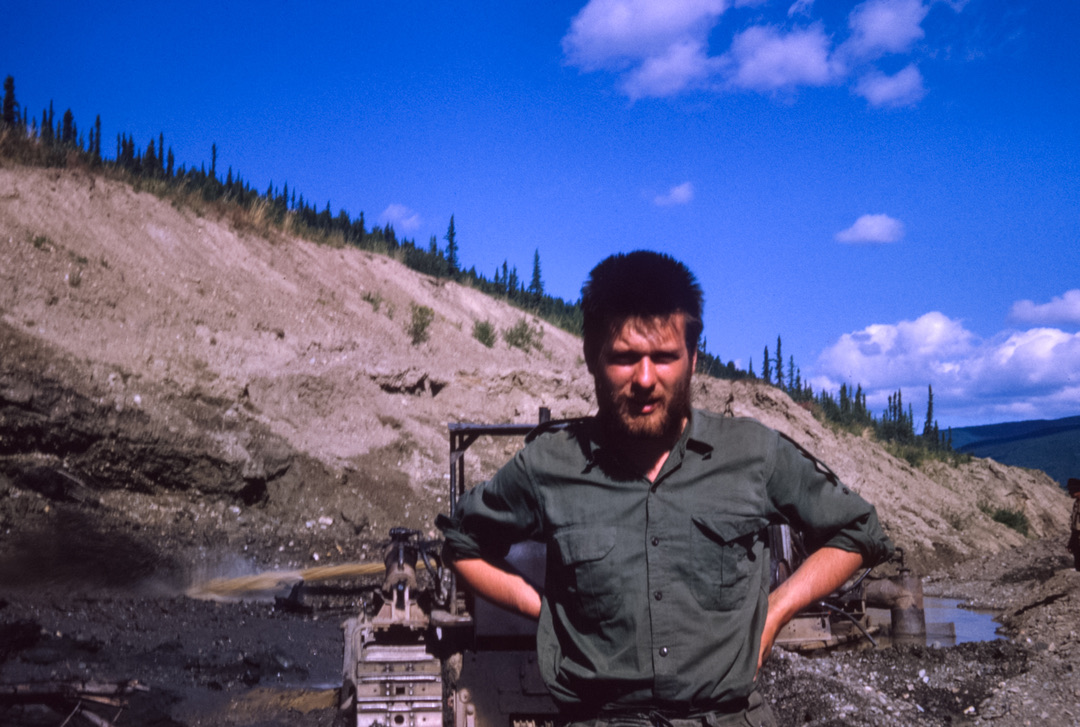
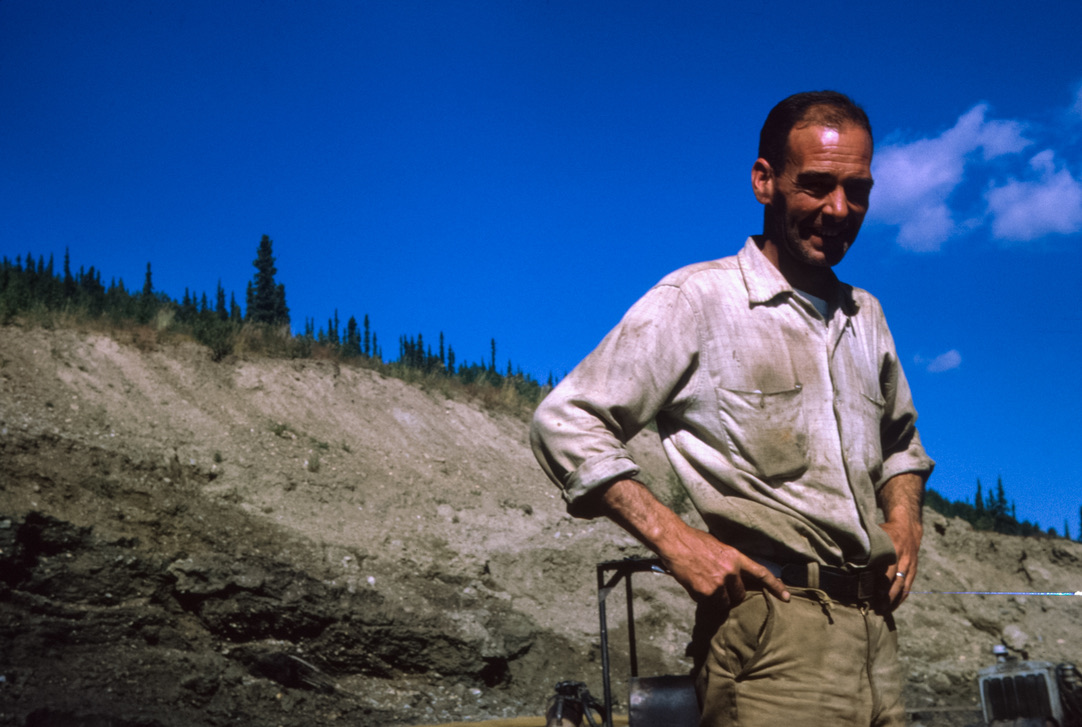
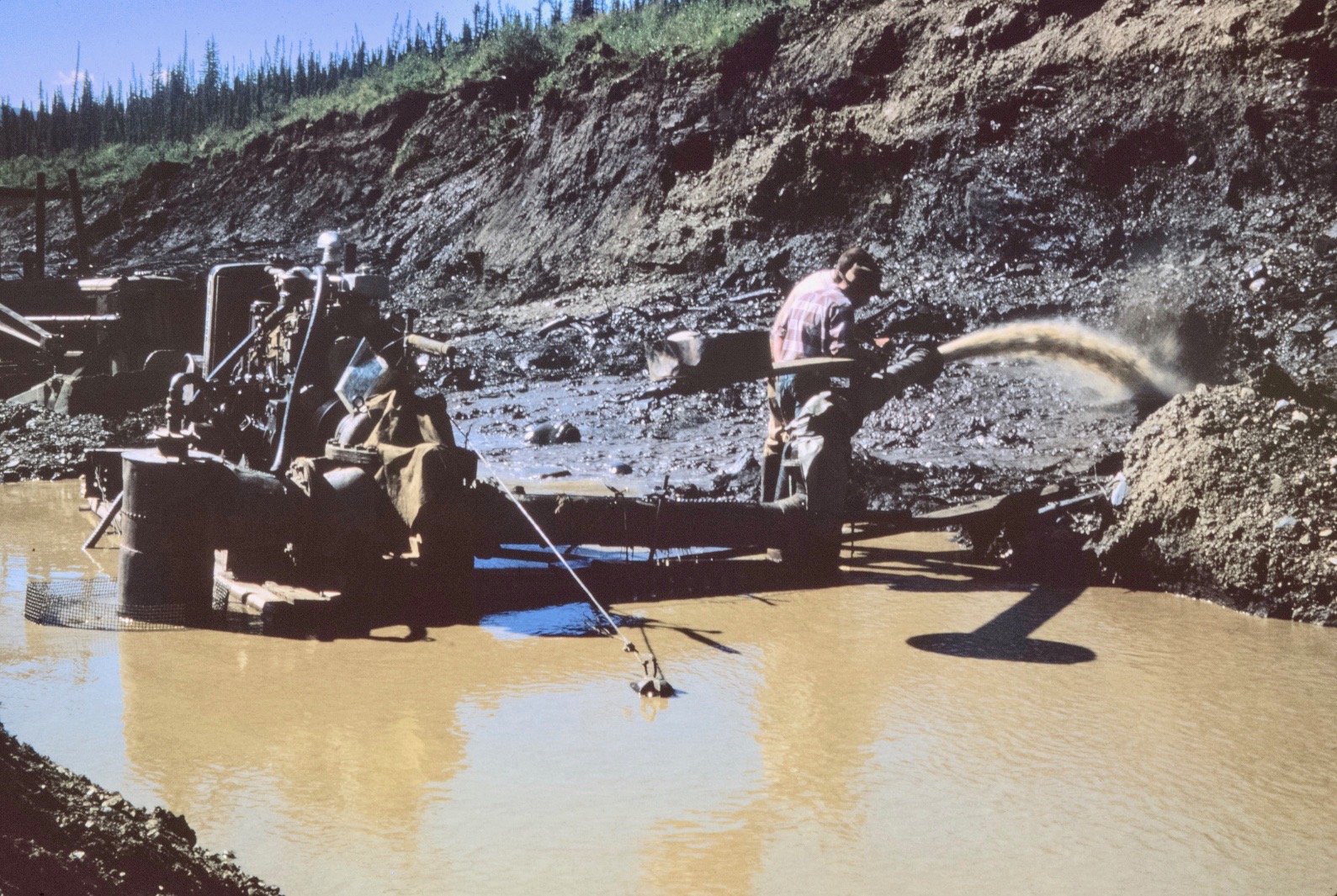
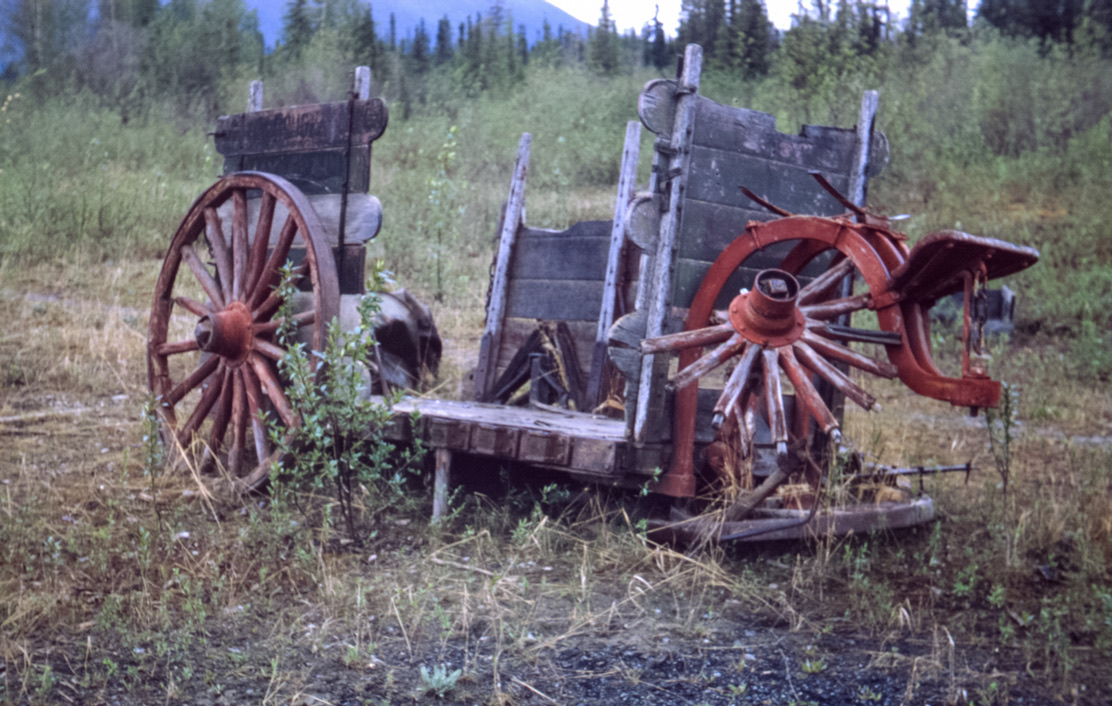

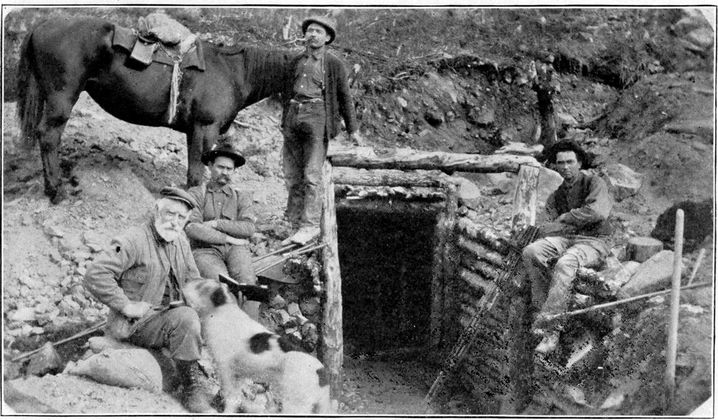

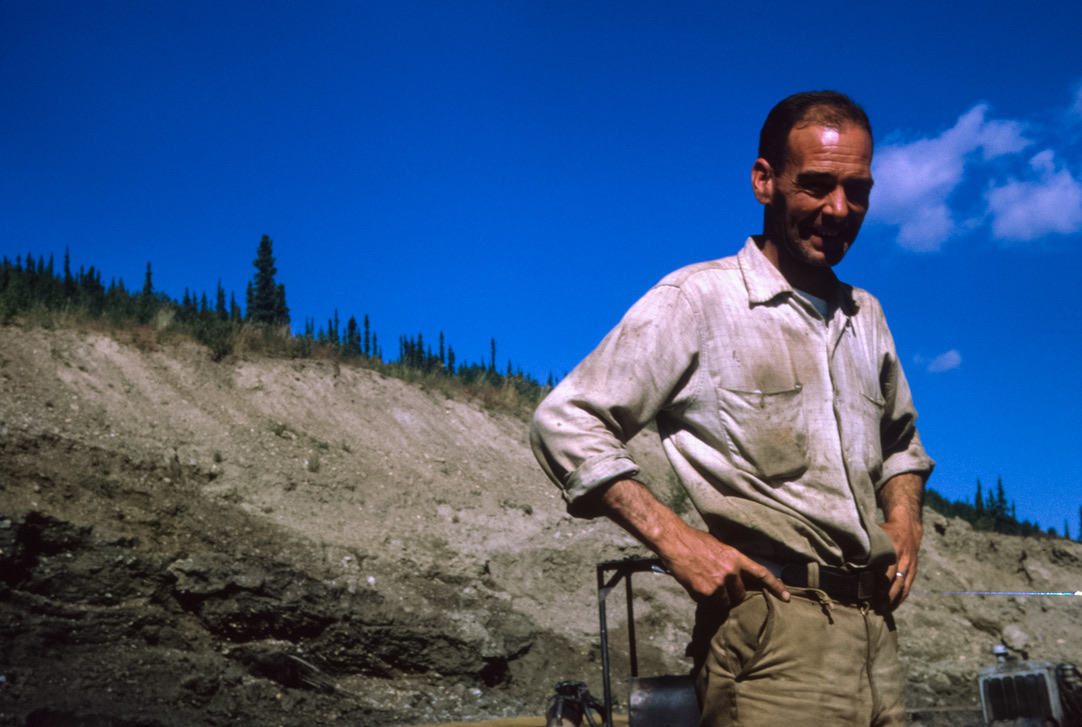
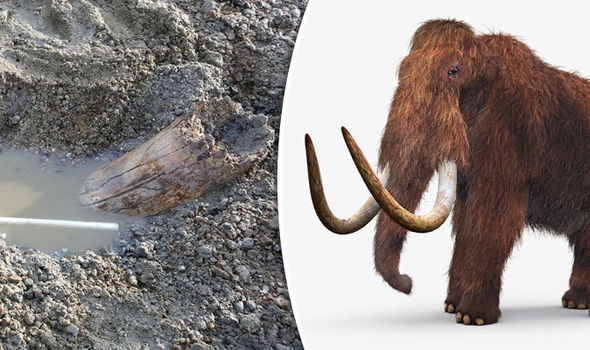



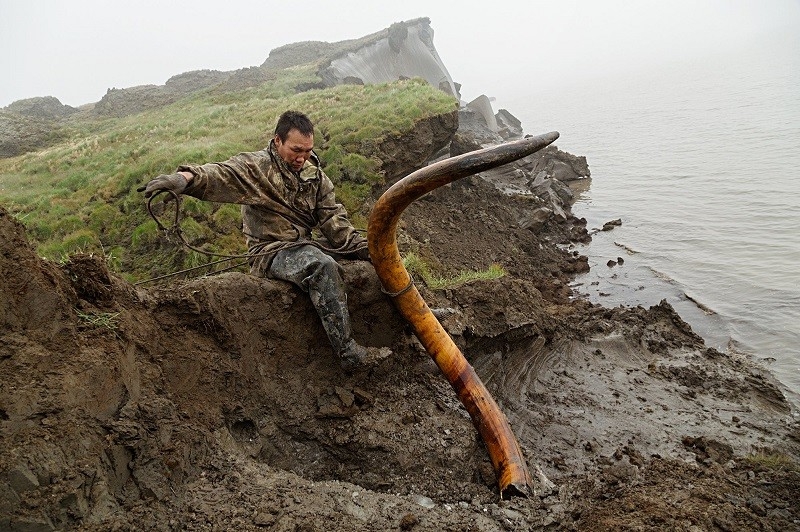
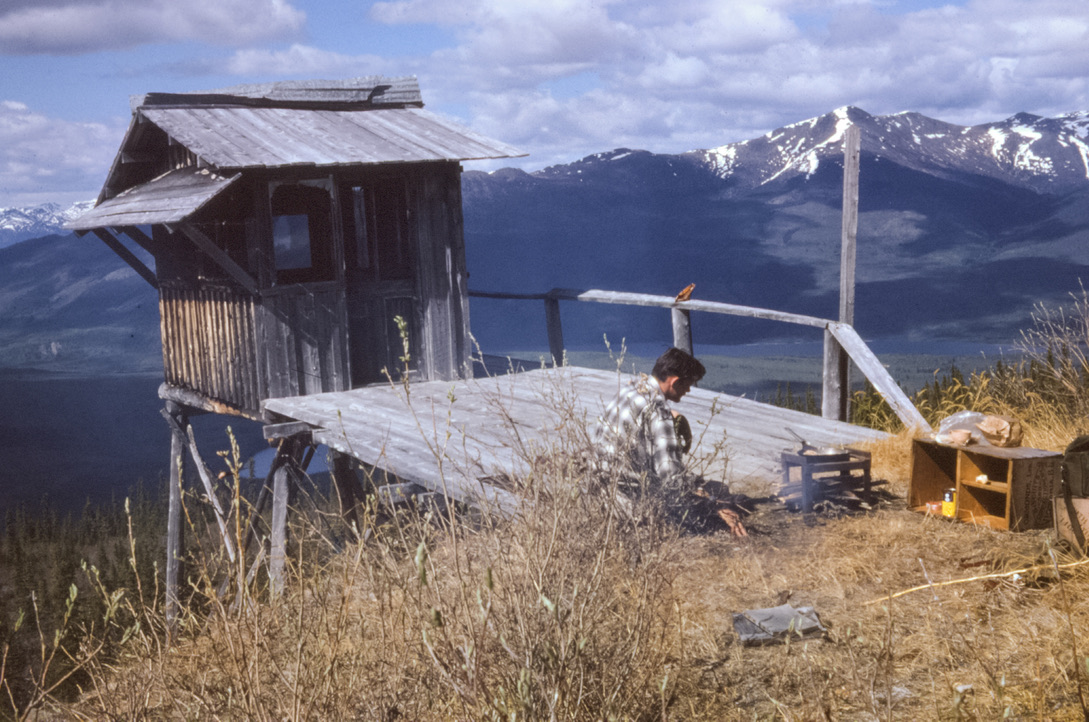
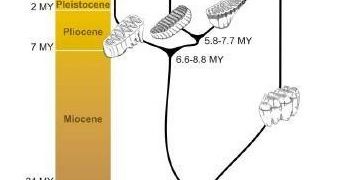
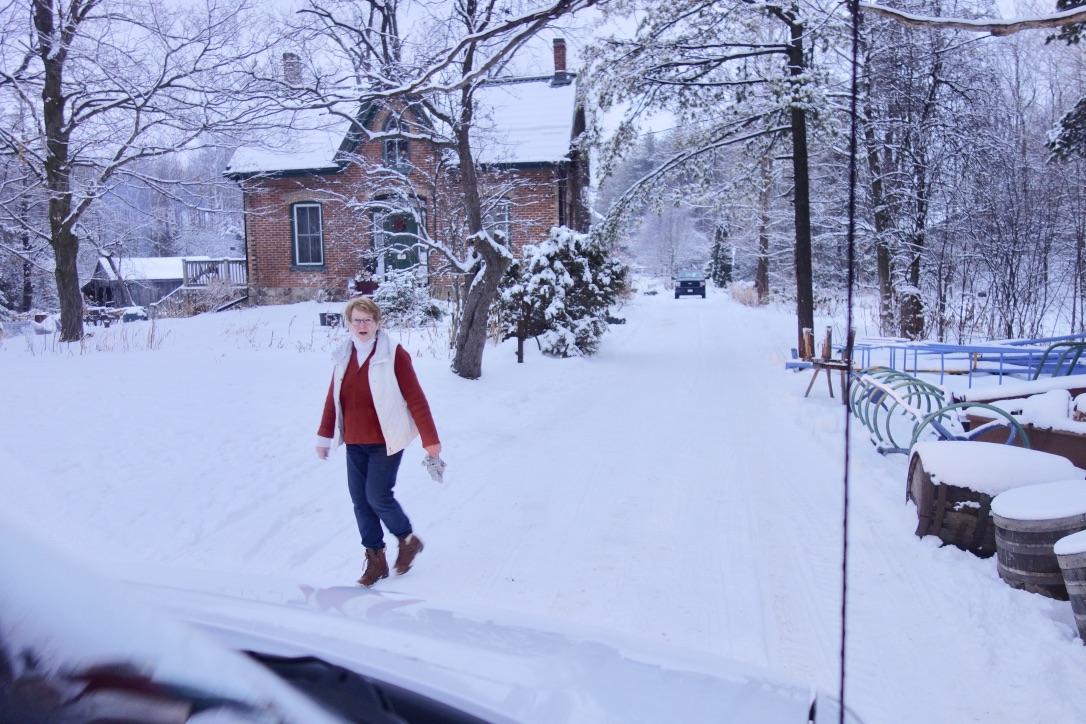


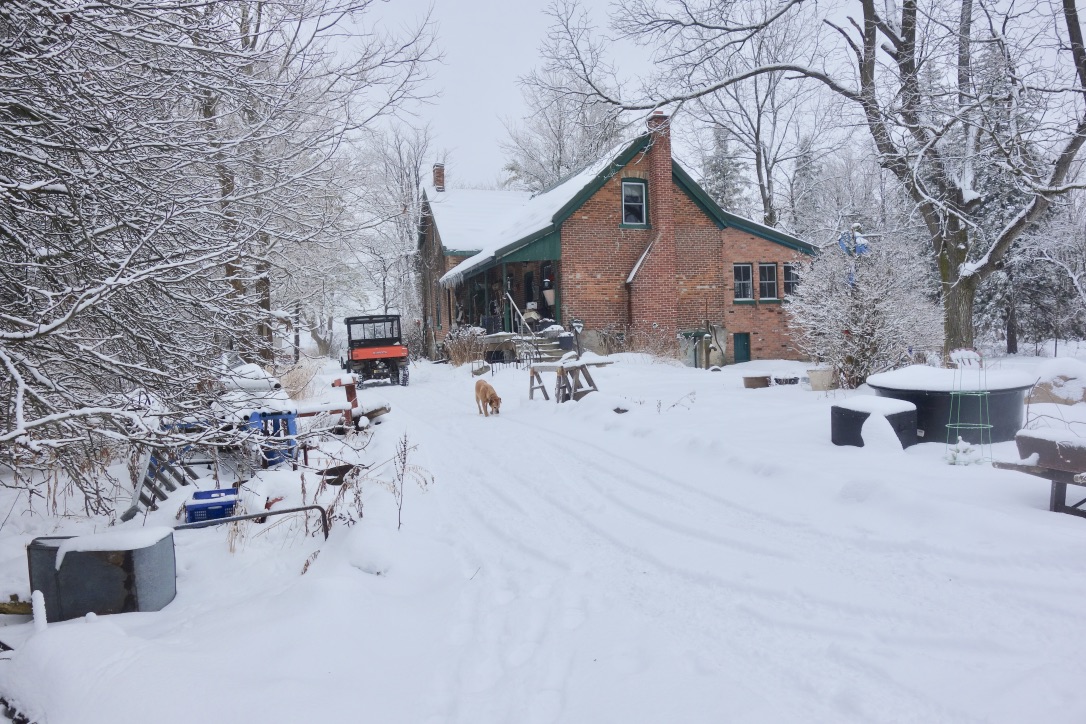

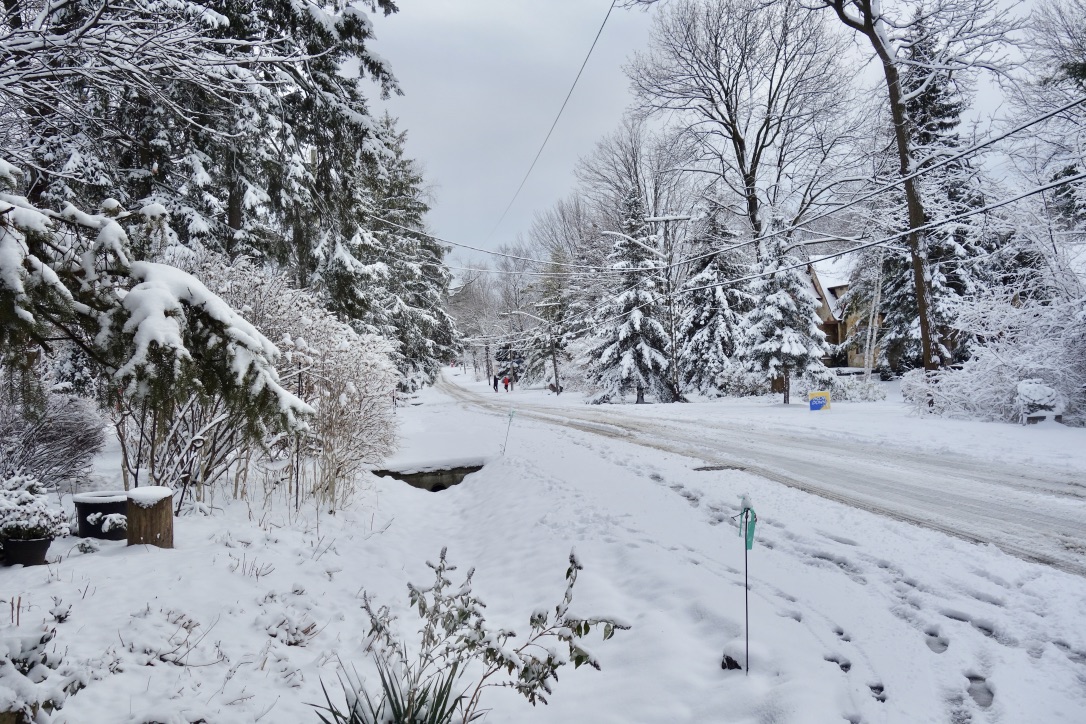
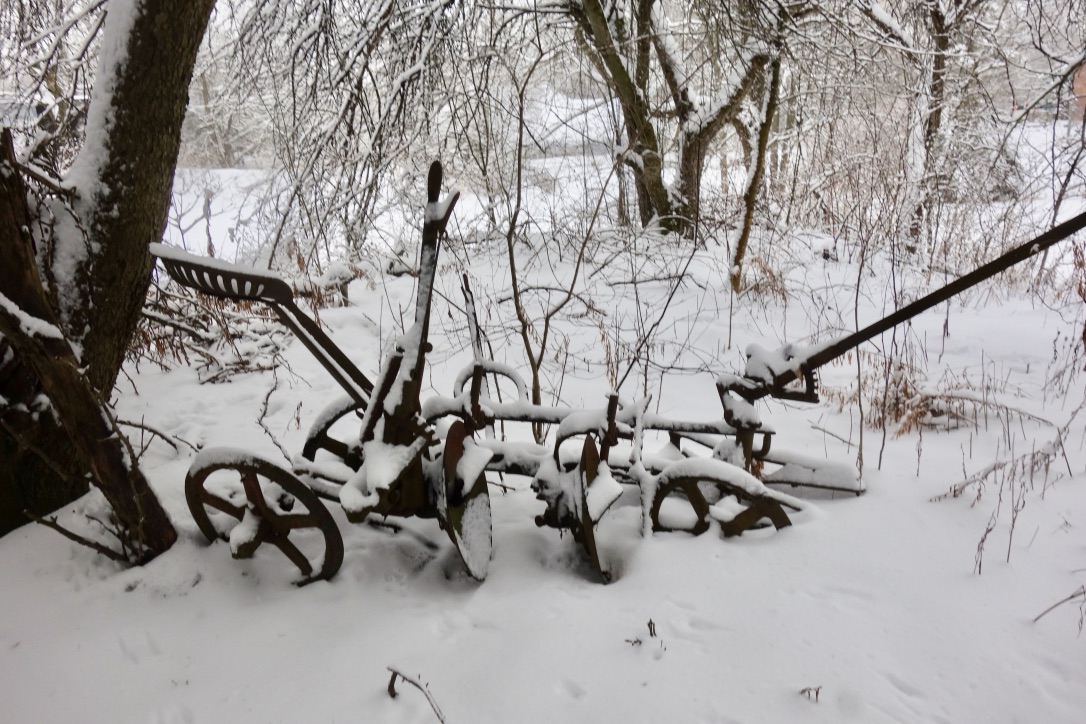
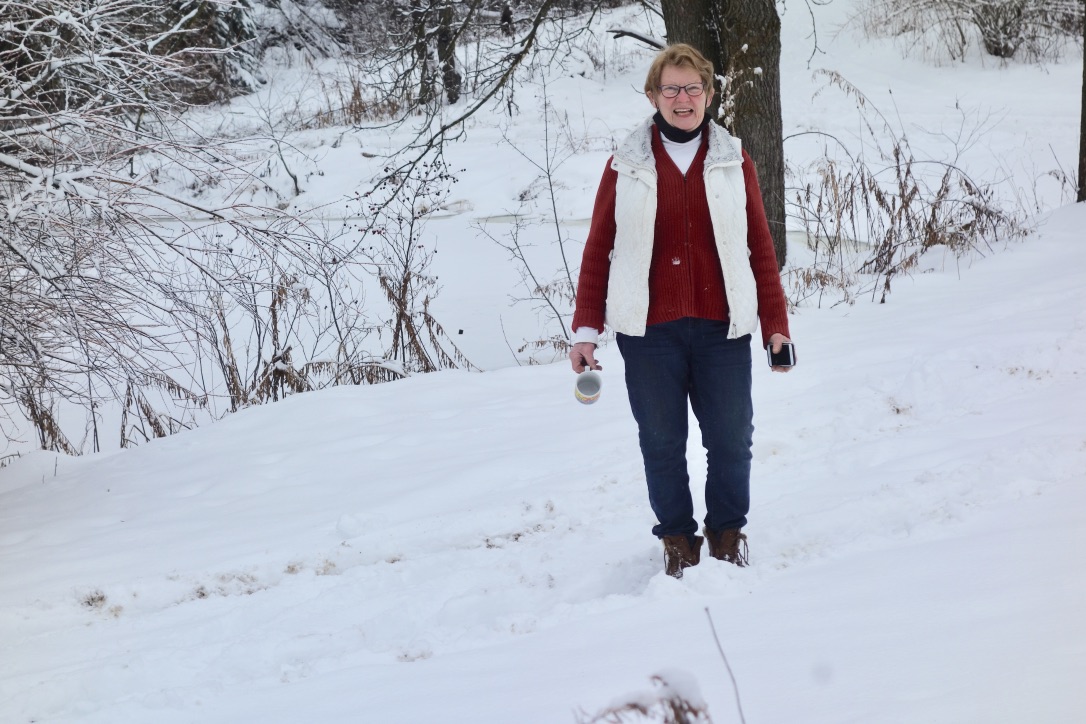
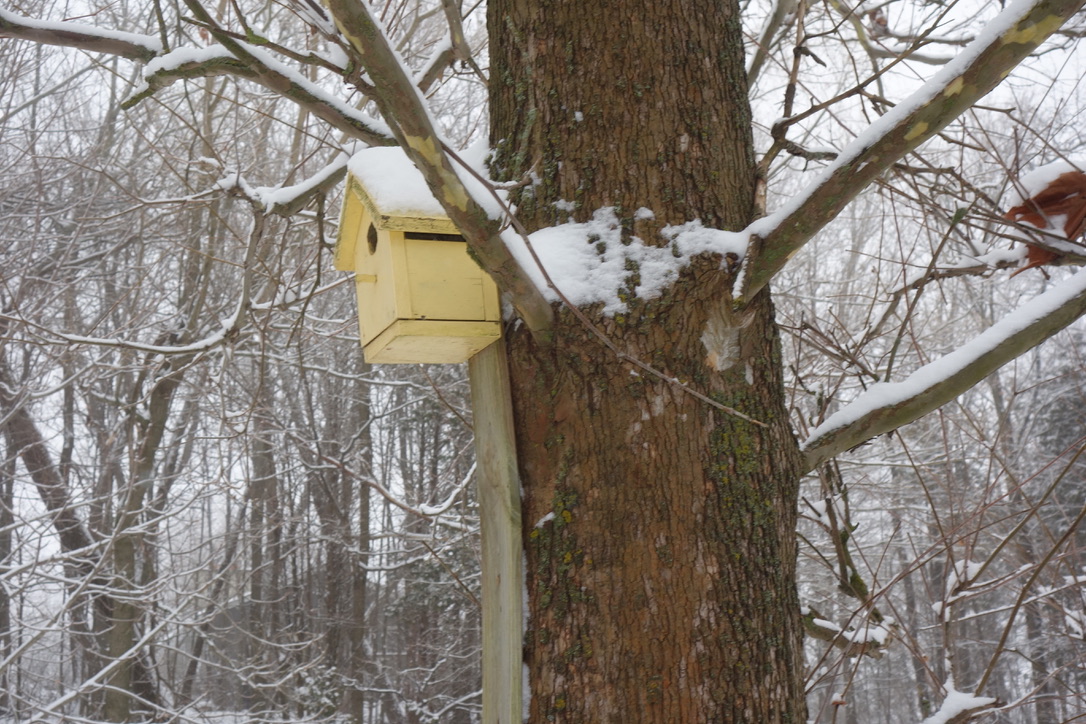
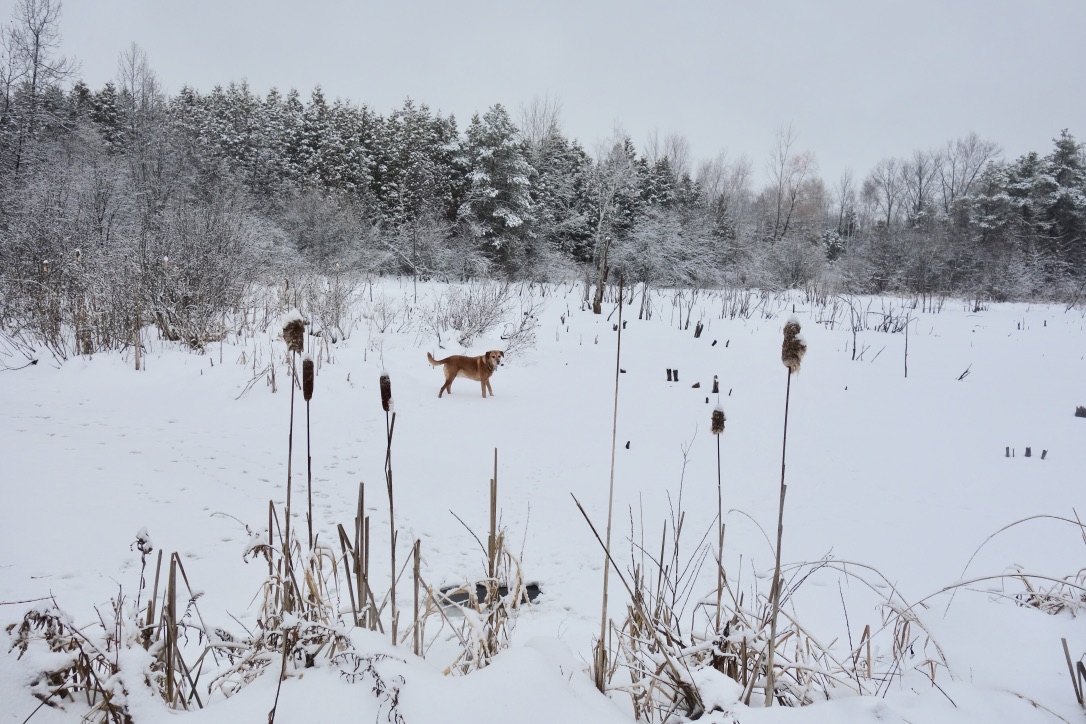
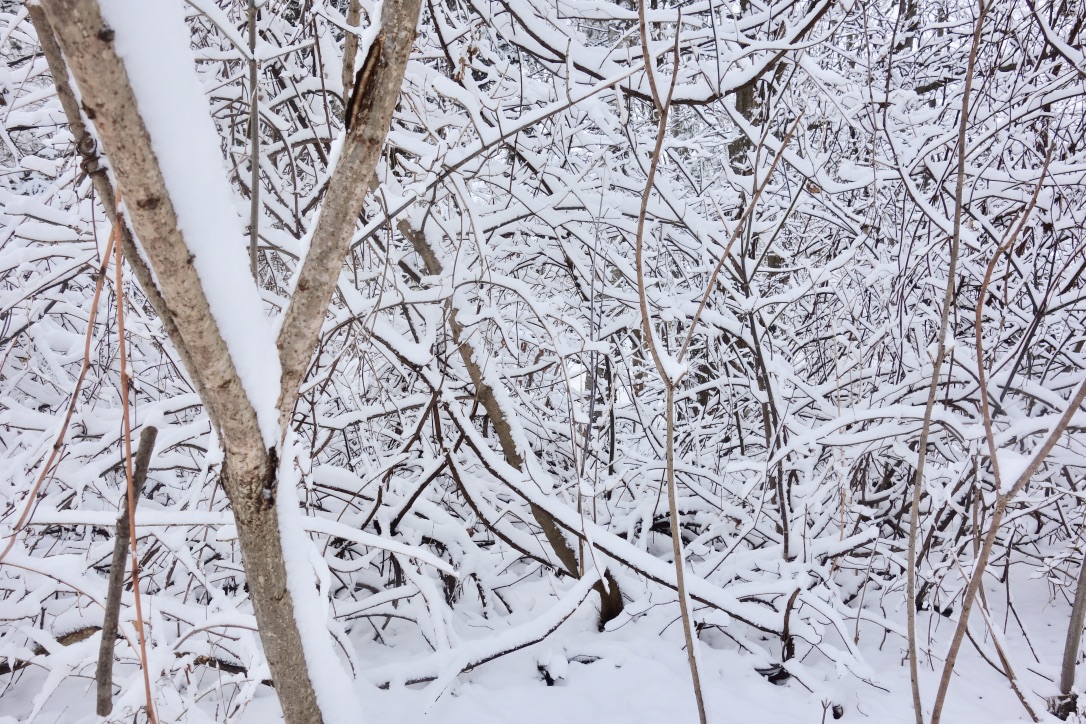
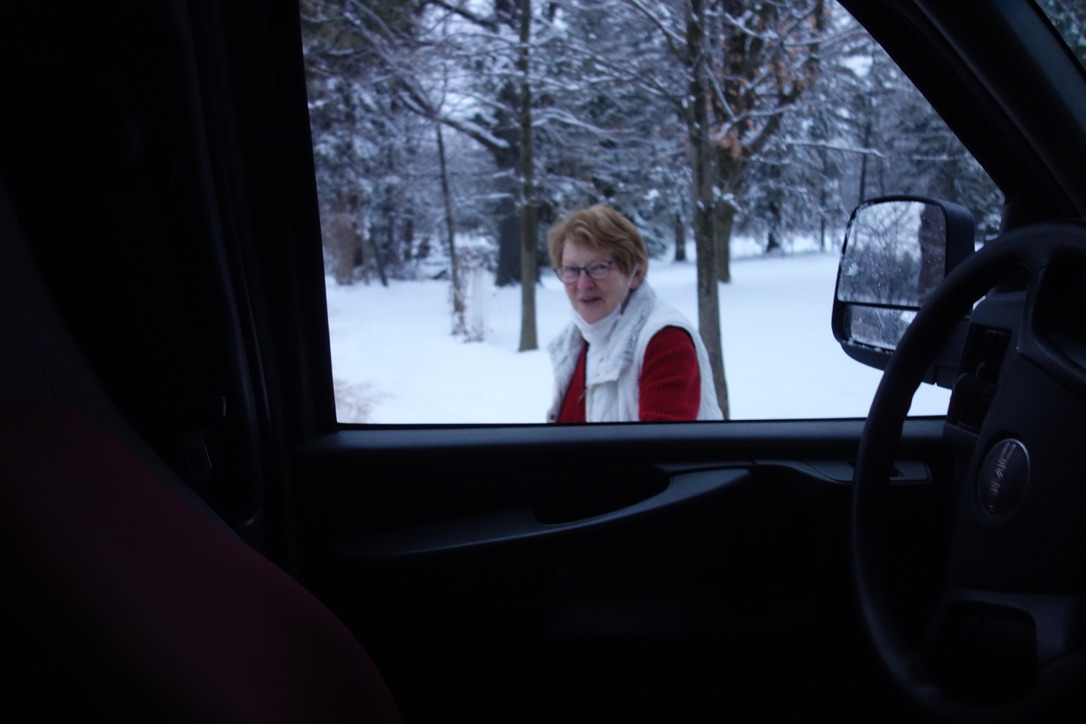
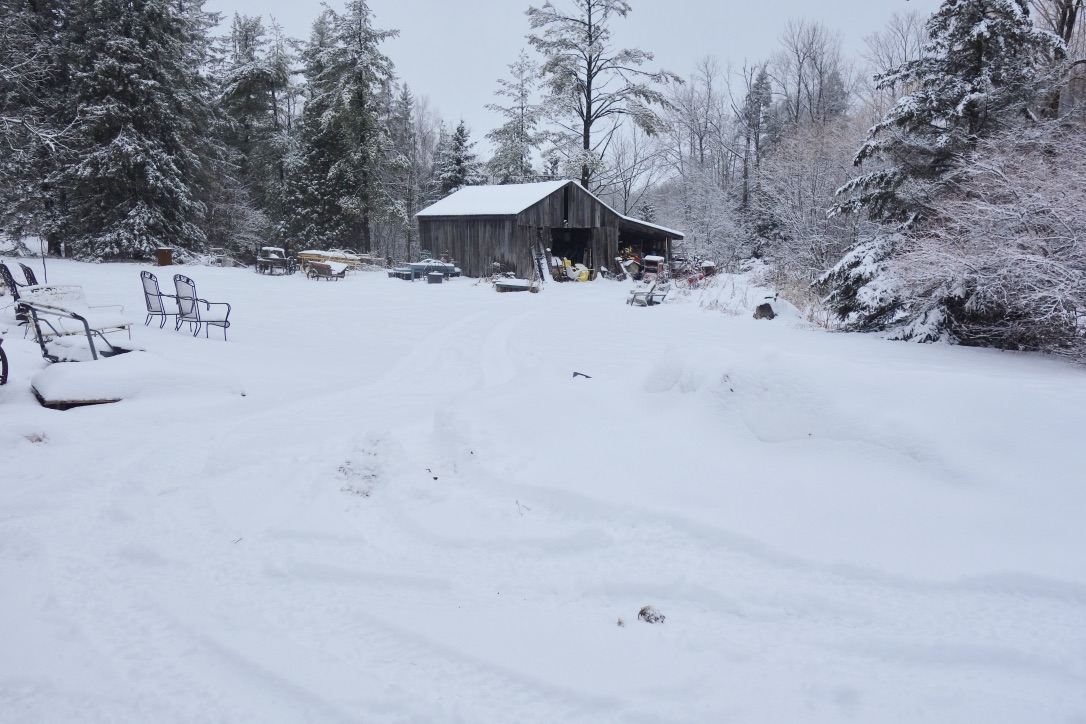
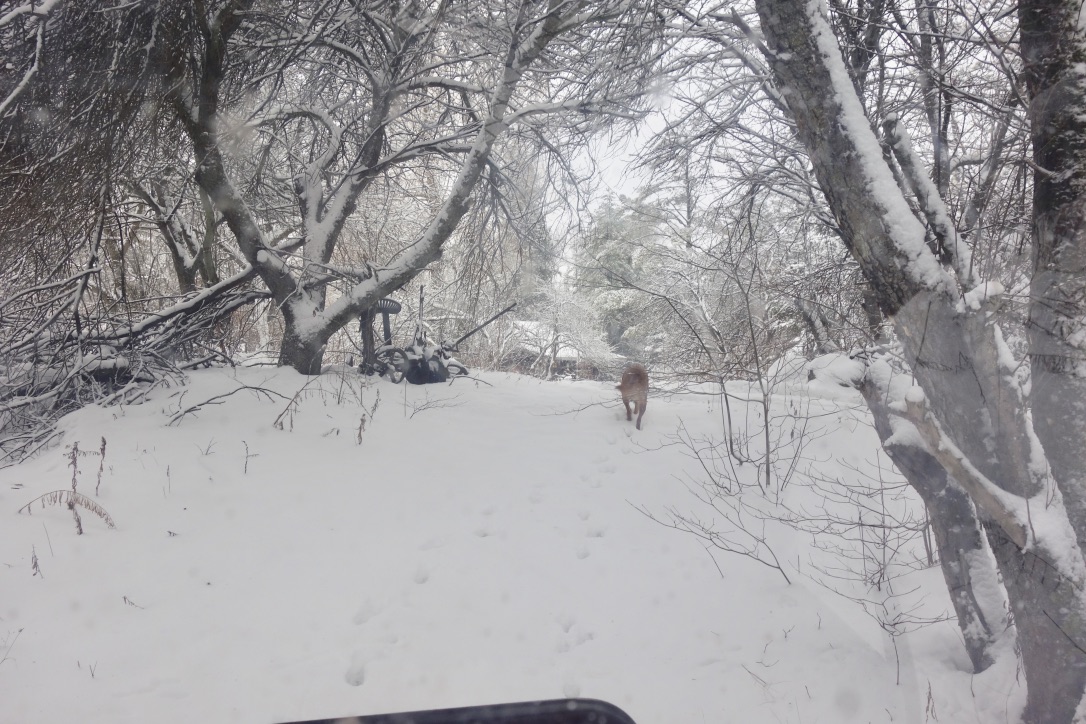
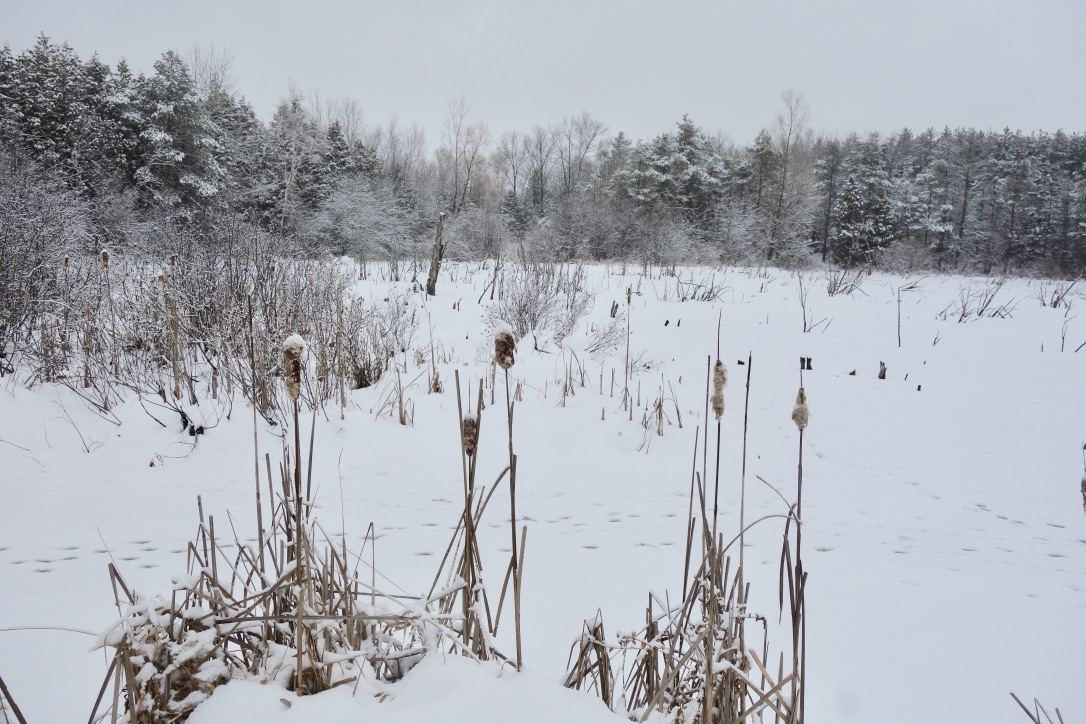

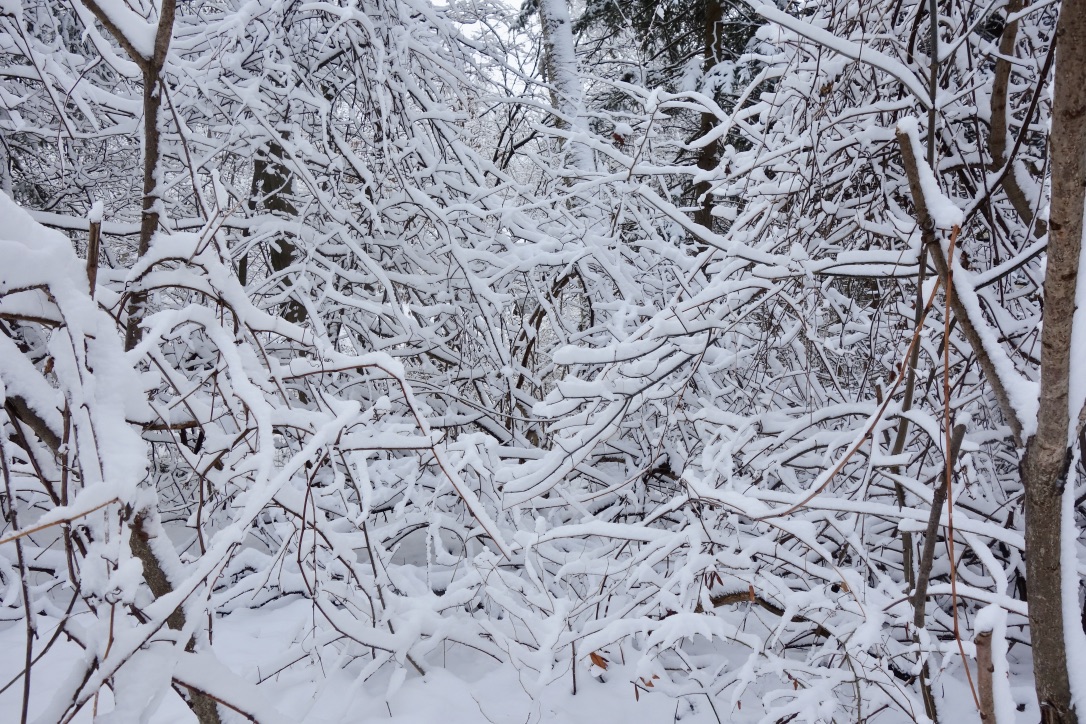



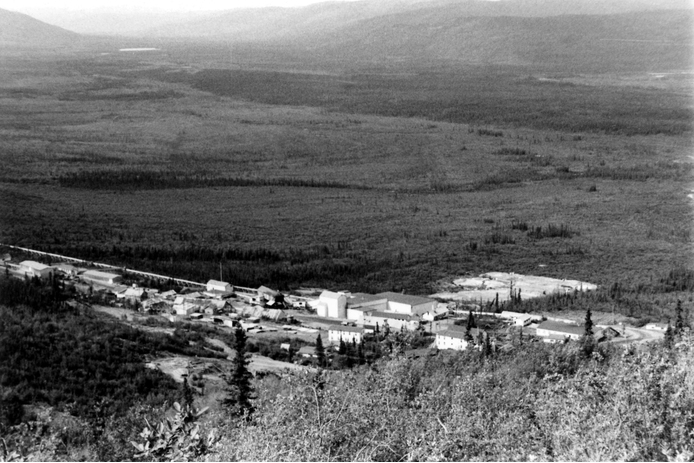
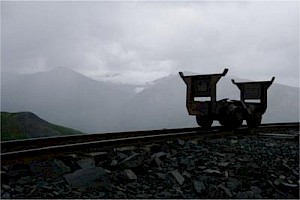 “The legendary
“The legendary 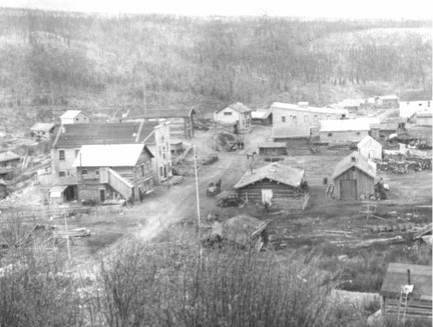
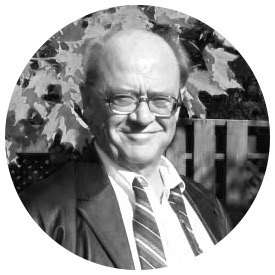


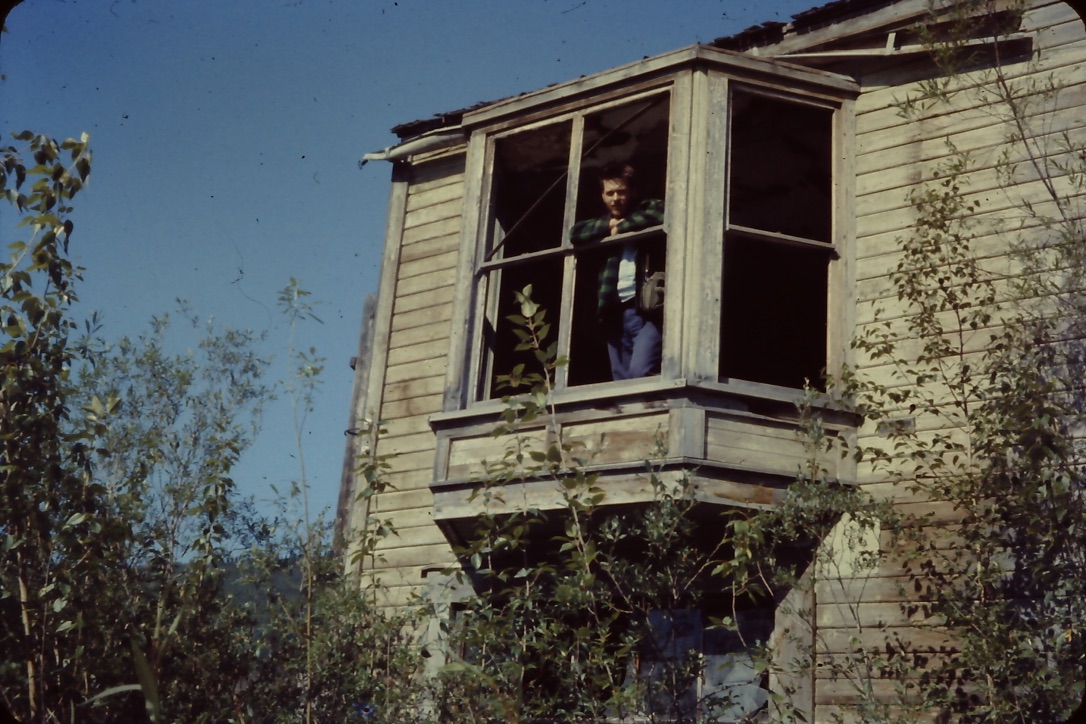


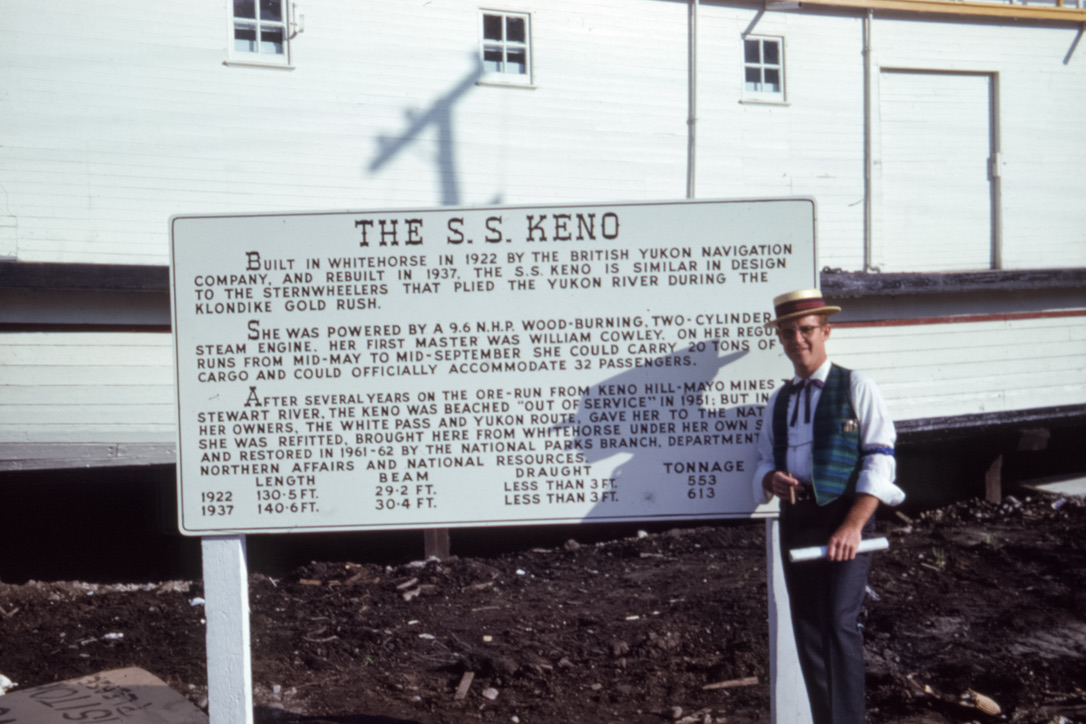

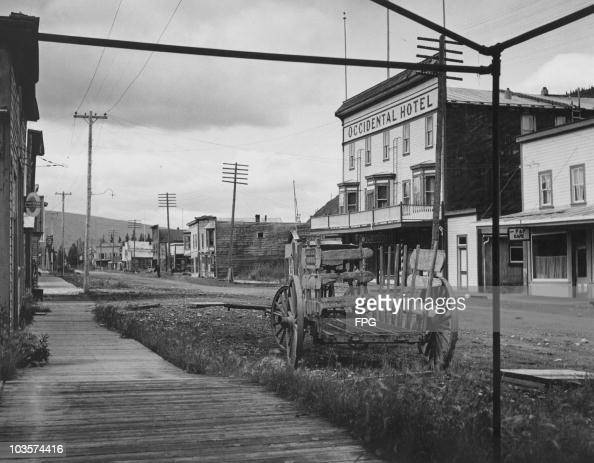
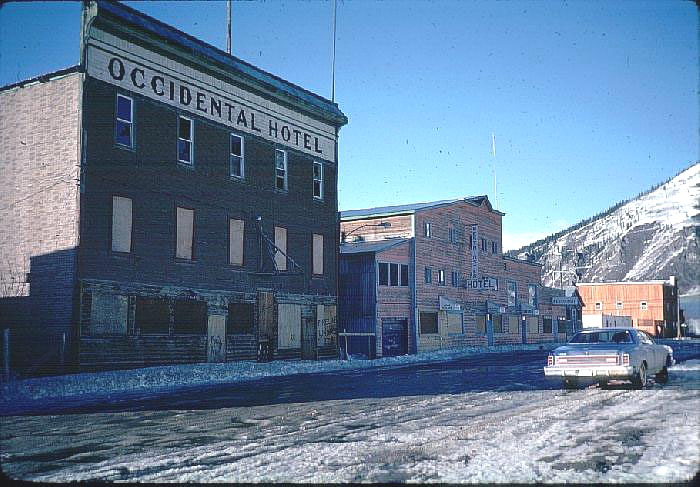
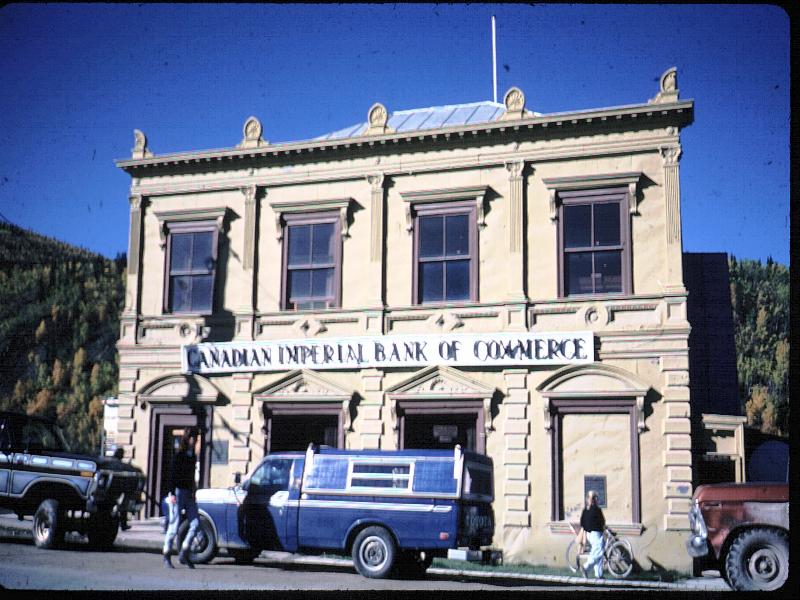


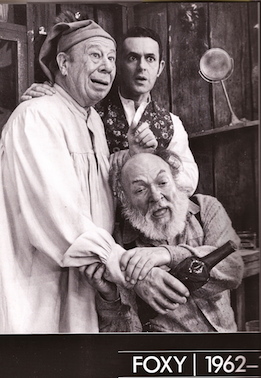
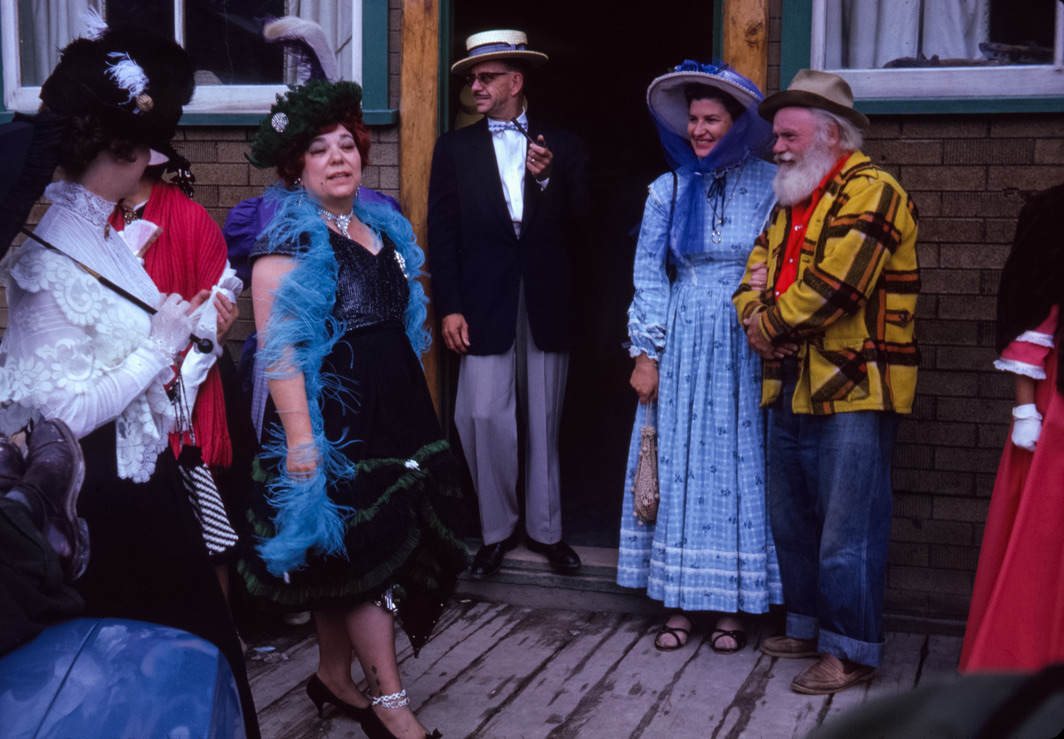

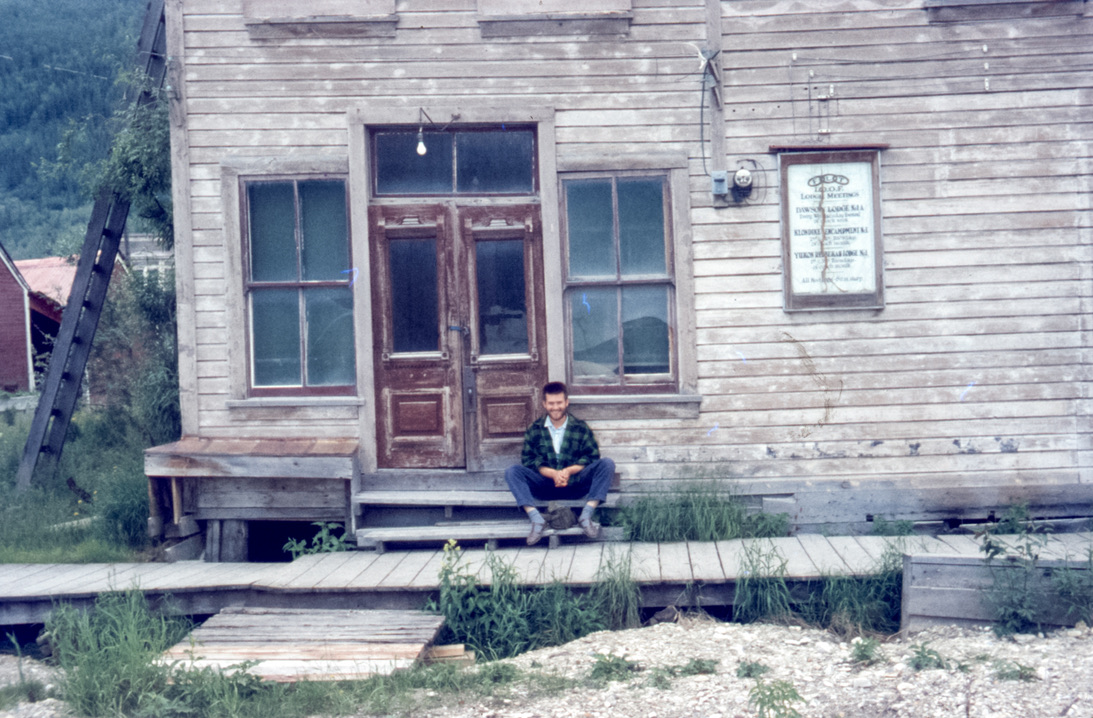


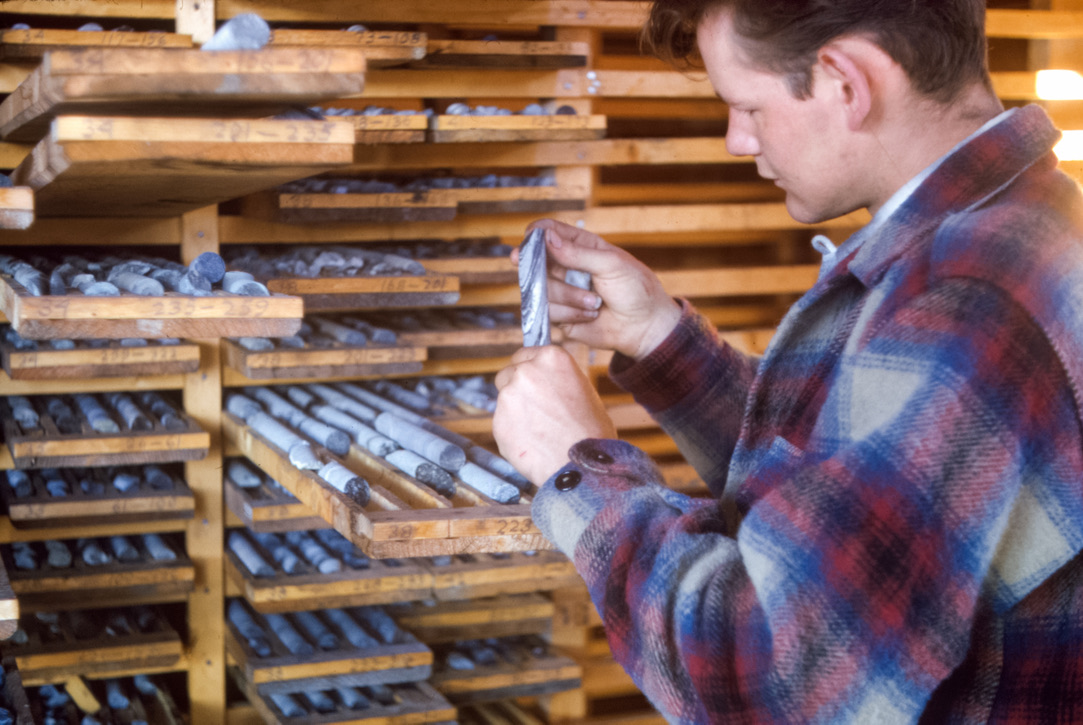
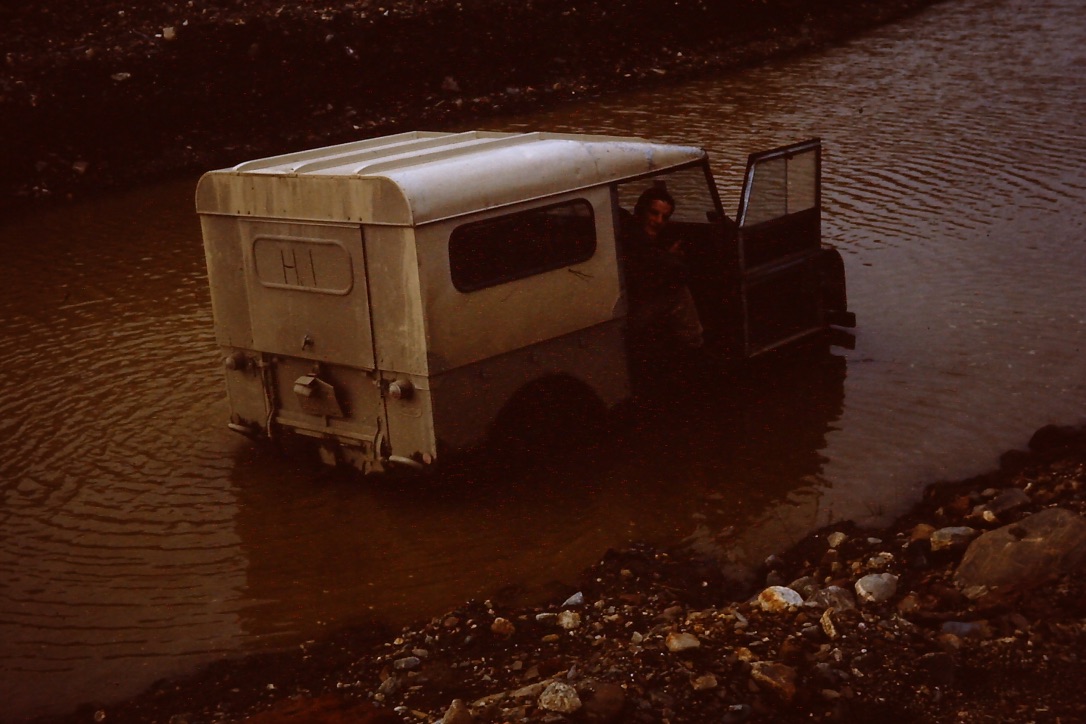



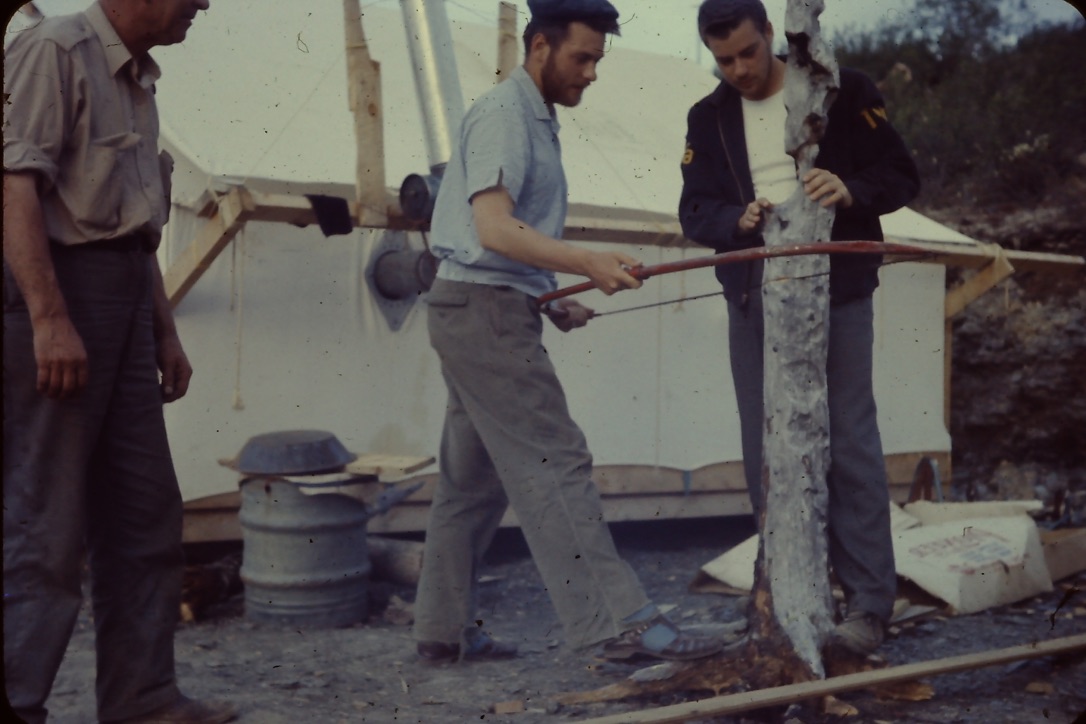

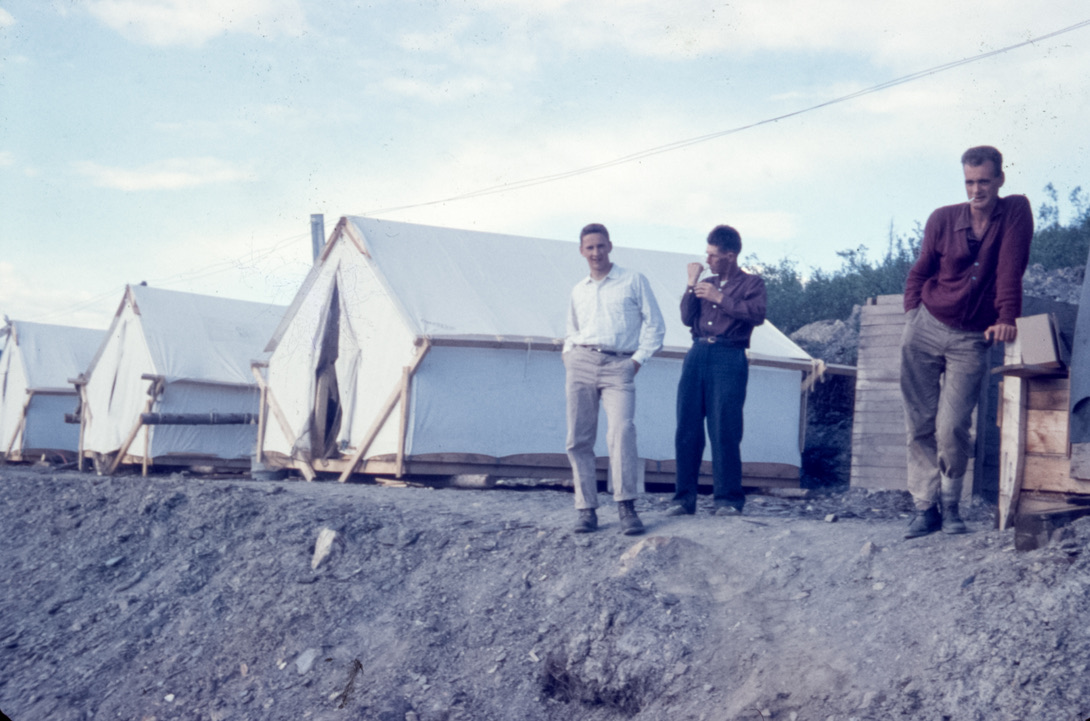
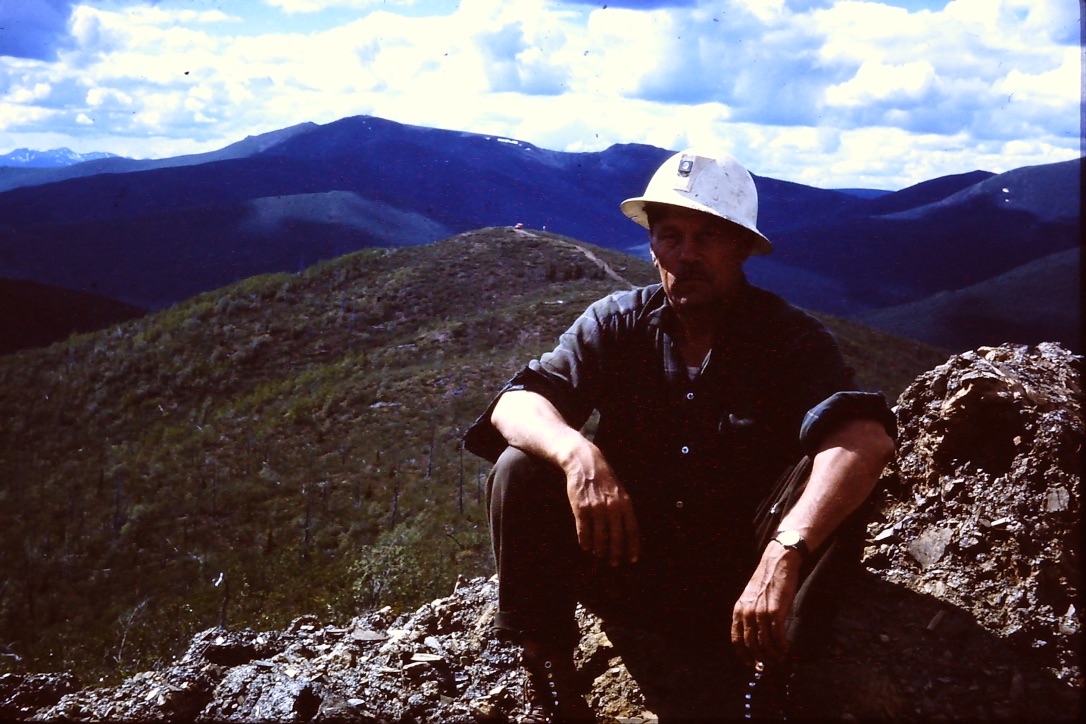
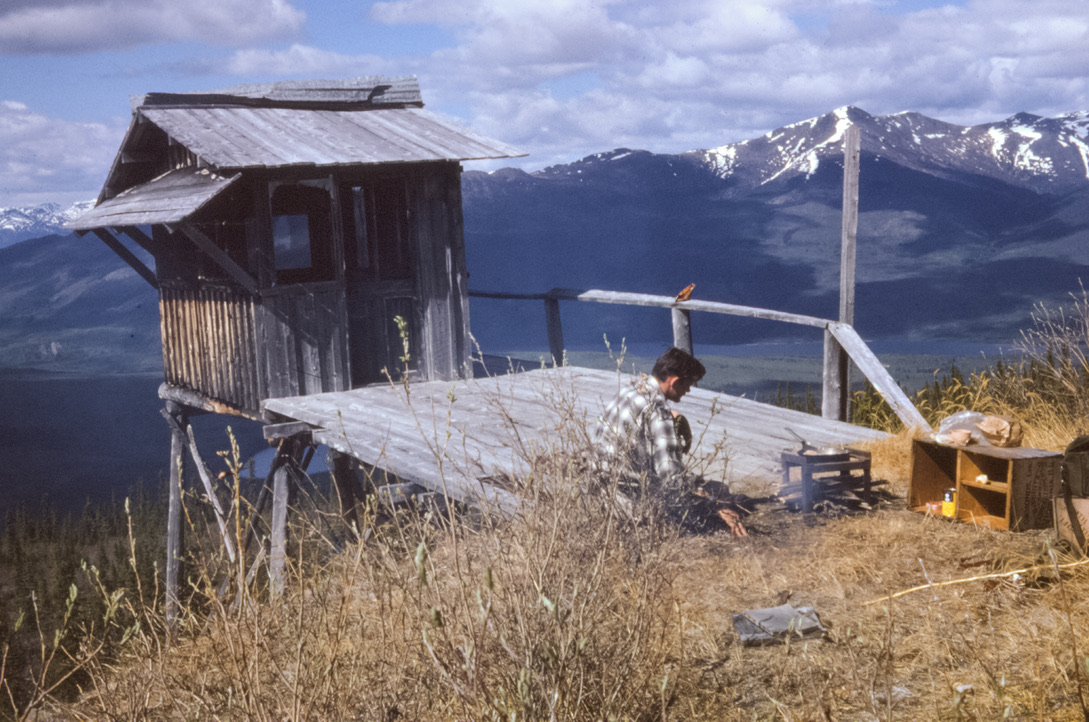
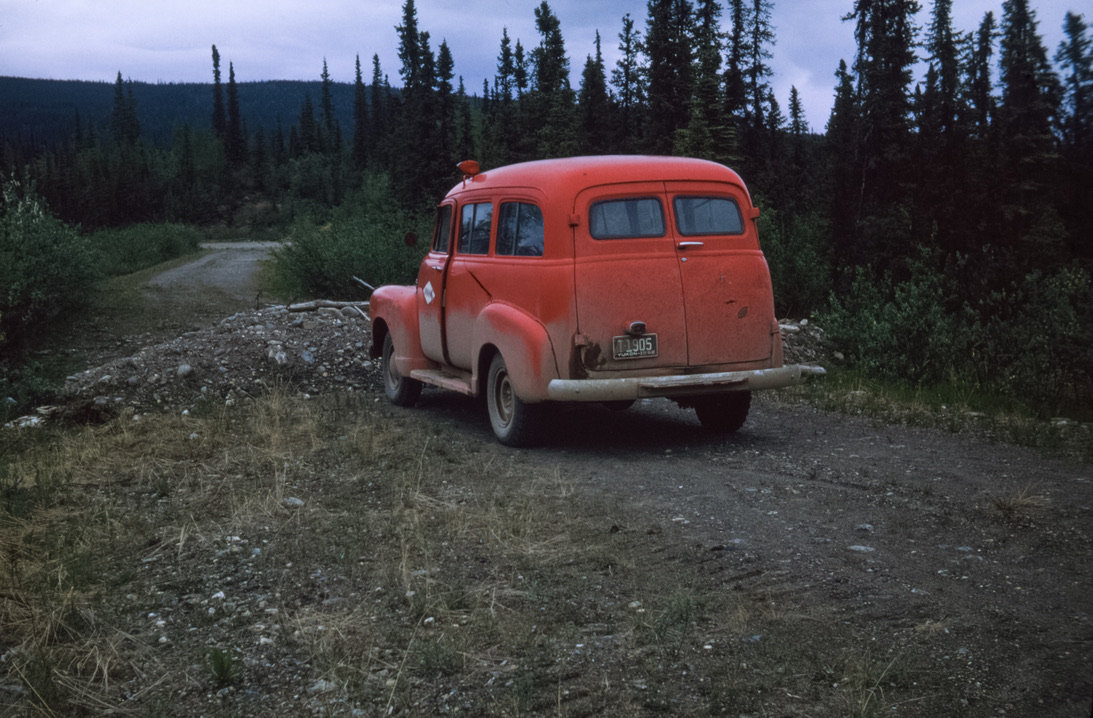
 chris-nicole.com/wp-content/uploads/2017/08/Chris-and-Nicole-CNA-Photos-visit-keno-city-yukon-14-300×200.jpg 300w,
chris-nicole.com/wp-content/uploads/2017/08/Chris-and-Nicole-CNA-Photos-visit-keno-city-yukon-14-300×200.jpg 300w, 

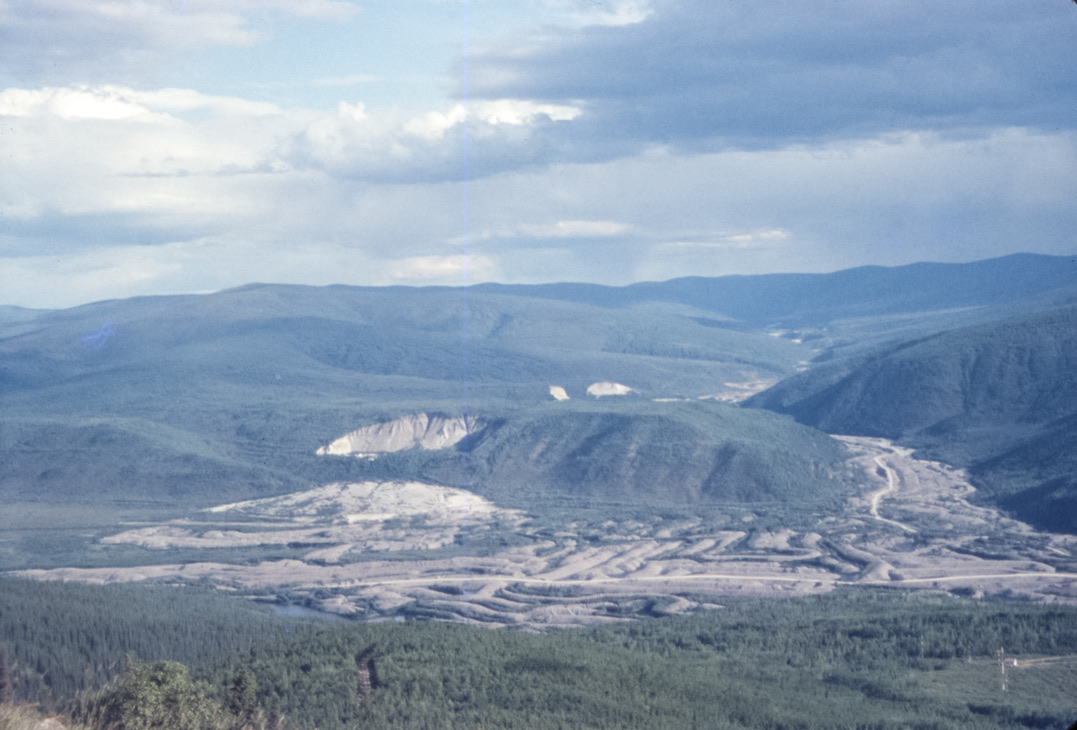
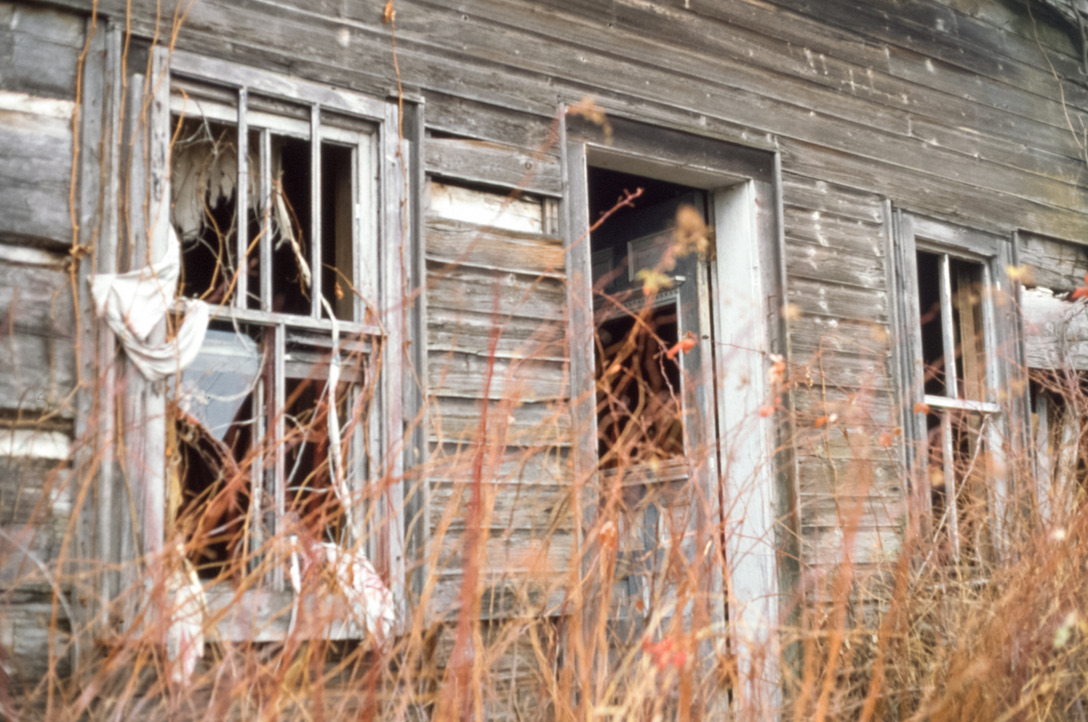


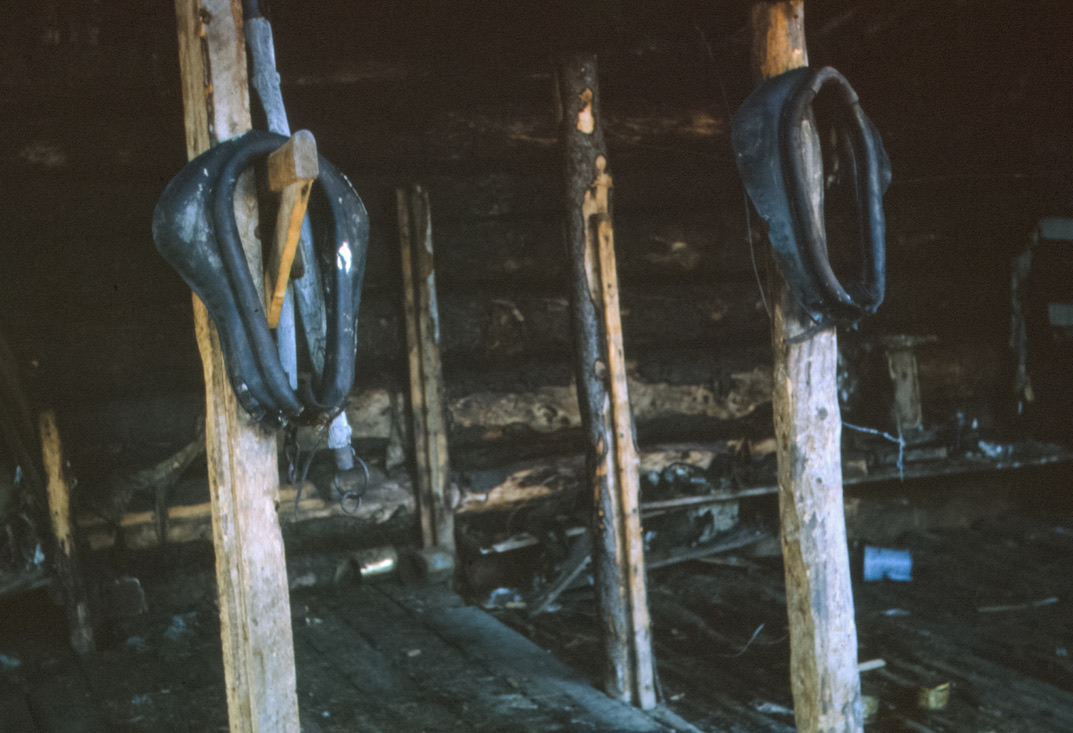
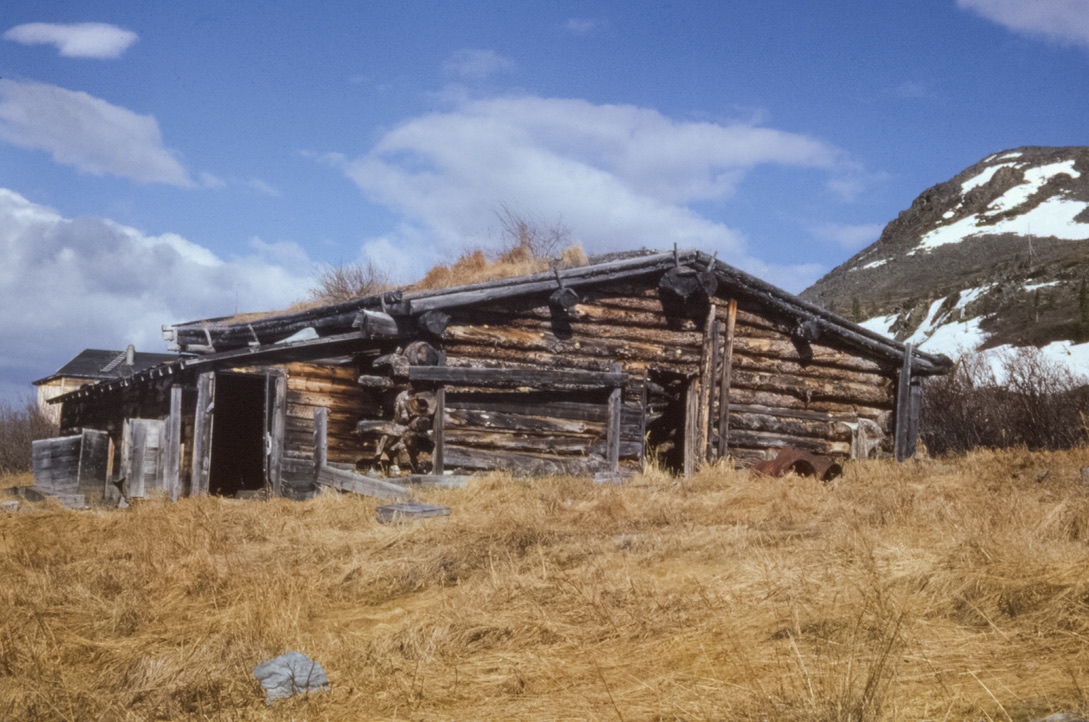
 chris-nicole.com/wp-content/uploads/2017/08/Chris-and-Nicole-CNA-Photos-visit-keno-city-yukon-4-300×200.jpg 300w,
chris-nicole.com/wp-content/uploads/2017/08/Chris-and-Nicole-CNA-Photos-visit-keno-city-yukon-4-300×200.jpg 300w, 